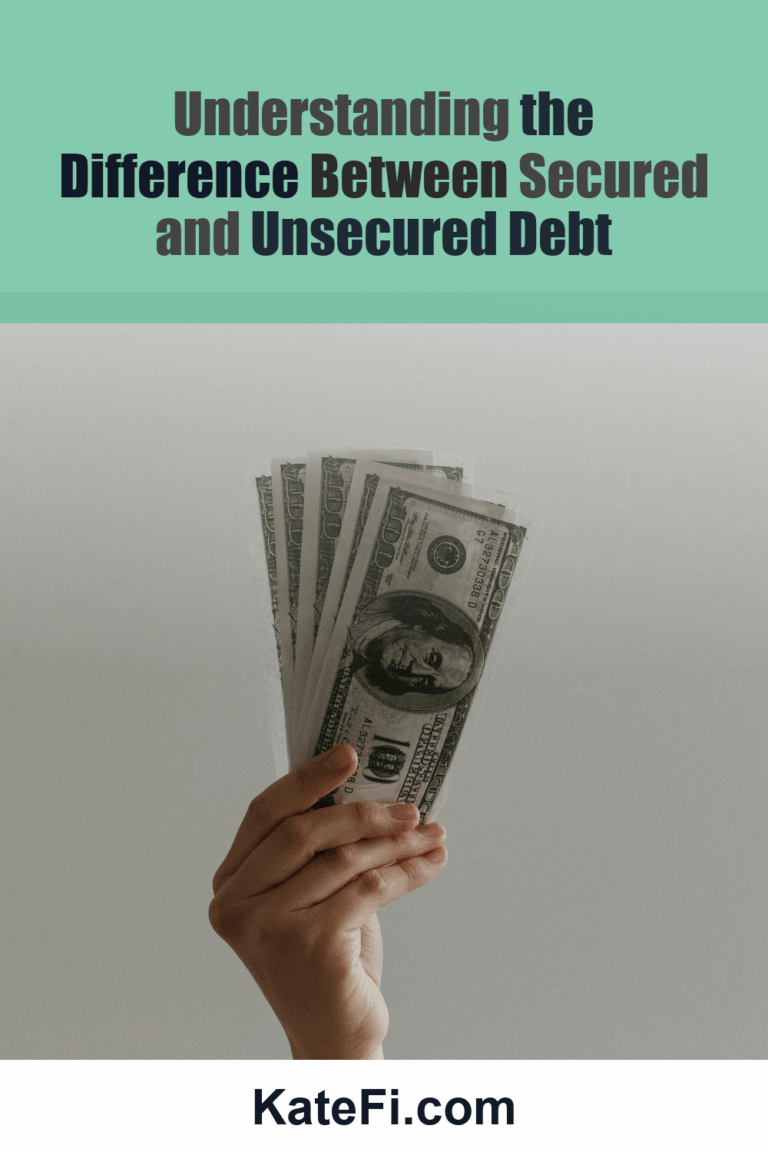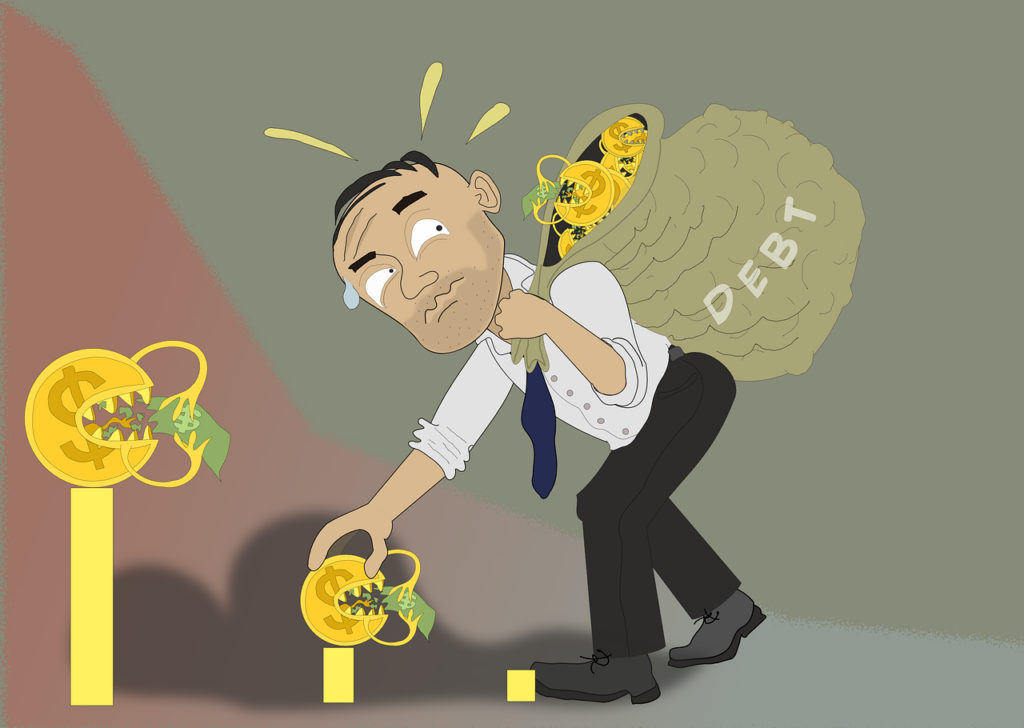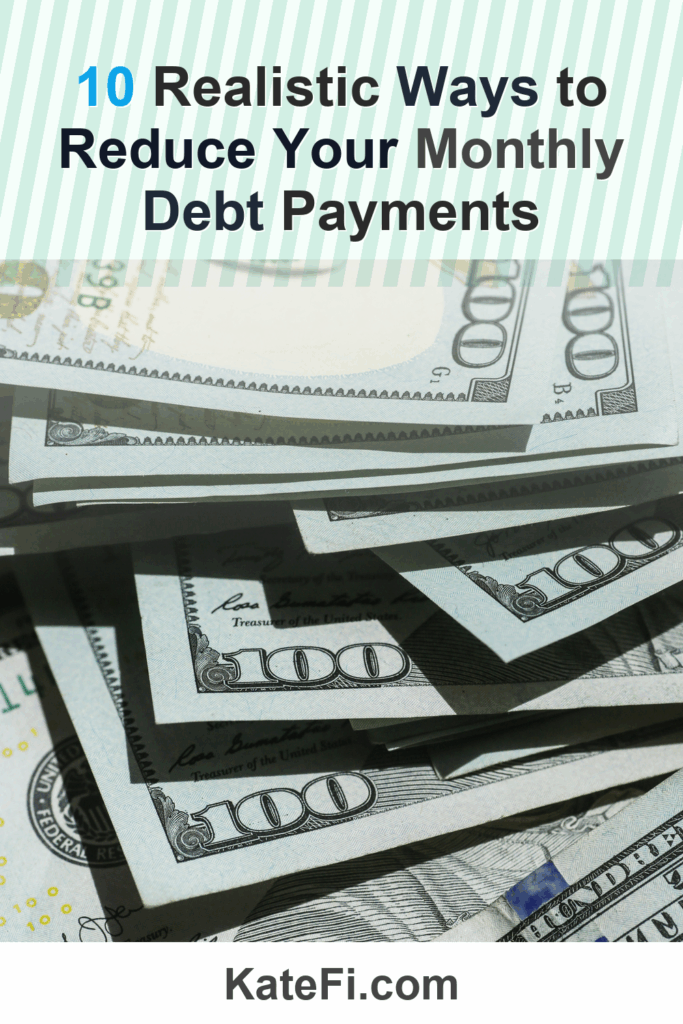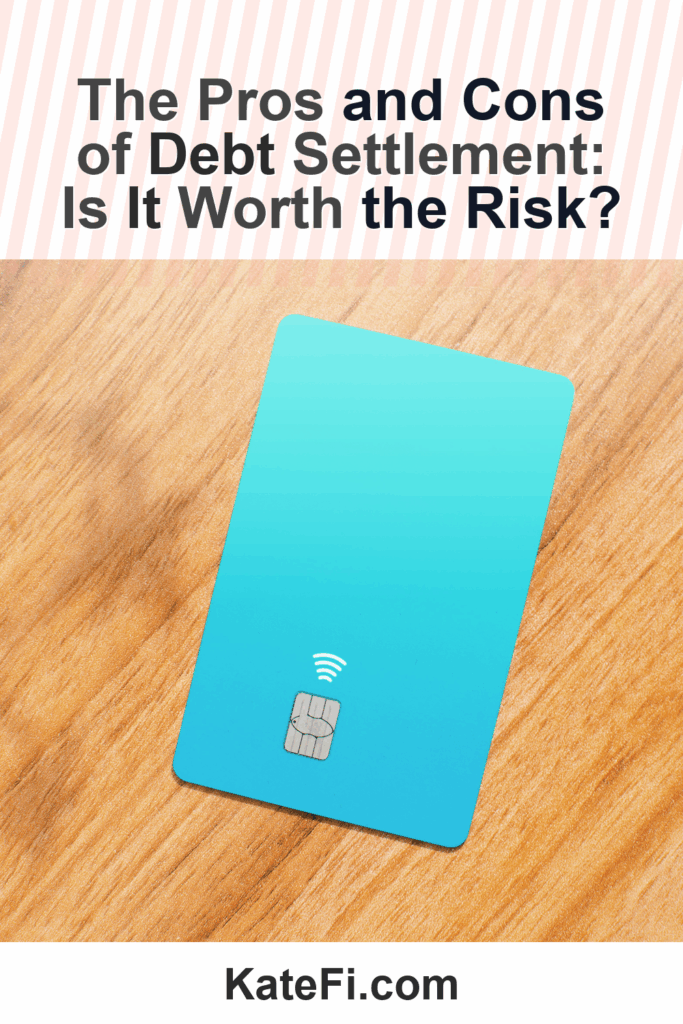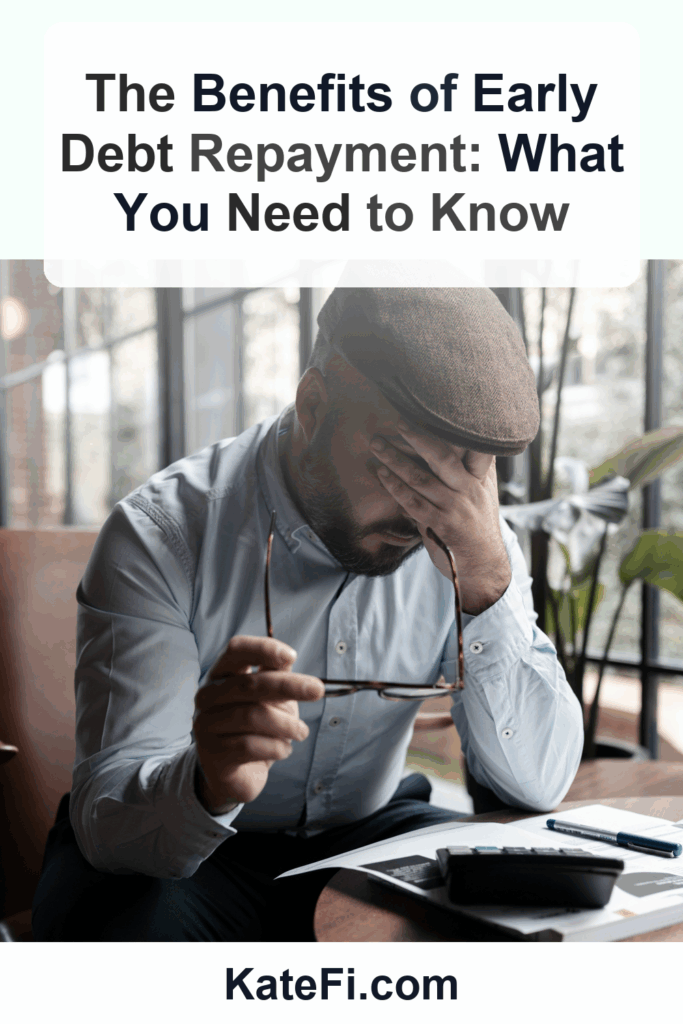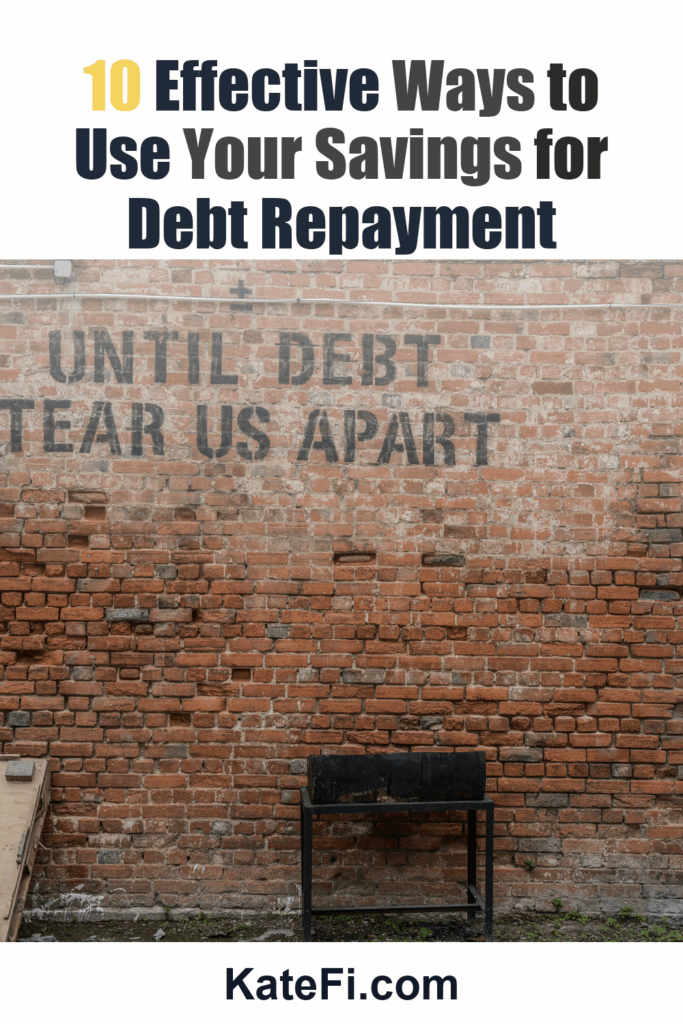Understanding the Difference Between Secured and Unsecured Debt
Debt is a common aspect of modern life, but not all debts are created equal. Two main categories define the nature of debt: secured and unsecured. Each has its own implications, risks, and benefits, which can significantly impact your financial situation. If you’re grappling with debt and need clarity on your options, understanding these differences is crucial for effective budgeting and long-term financial health. Moreover, addressing these debts through debt relief options can be a game-changer, allowing for budget resets that actually stick. Let’s dive in!
Love our content? Show your support by following us — pretty please!🥺
FOLLOW ON PINTEREST
Hi! I’m Kate, the face behind KateFi.com—a blog all about making life easier and more affordable.
What is Secured Debt?
What You’ll Learn on the Call
- Estimated timeline and monthly payment range
- How credit may be affected in the short term
- What documents to gather to move faster
Not available in IL, KS, OR, TN, UT, WV.
Secured debt is backed by collateral, which means that a physical asset is tied to the debt. If the borrower defaults—meaning they fail to meet the obligations of the loan—the lender has the legal right to seize the collateral to recoup their losses. Common examples of secured debt include:
- Mortgages: Your home serves as collateral.
- Auto loans: Your car is the asset at risk.
- Secured credit cards: These require a cash deposit that serves as collateral.
Pros and Cons of Secured Debt
#### Pros:
- Lower Interest Rates: Since lenders face less risk, secured loans typically come with lower interest rates than unsecured ones.
- Higher Borrowing Limits: Borrowers may access larger amounts of money since the lender has a safety net (the collateral).
- Improved Credit Scores: Successfully managing secured debt can positively impact your credit score, as it reflects responsible borrowing.
#### Cons:
- Risk of Losing Collateral: The most significant downside is the risk of losing your asset if you cannot make payments.
- Potential for Debt Cycle: If you rely heavily on secured debt, you might find yourself in a cycle of borrowing that could lead to financial strain.
What is Unsecured Debt?
Understand pros/cons of settlement vs consolidation vs DMP for your exact mix of debts.
Not available in IL, KS, OR, TN, UT, WV.
Unsecured debt, on the other hand, is not tied to any specific asset. Instead, lenders rely solely on the borrower’s promise to repay. This type of debt is more common in credit cards, personal loans, and medical bills. If you fail to make payments on unsecured debt, the lender cannot directly seize any asset, but they can take legal action to recover the funds.
Pros and Cons of Unsecured Debt
#### Pros:
- No Collateral Required: You don’t risk losing any physical asset.
- Flexibility in Use: Funds from unsecured loans or credit cards can often be used for any purpose, unlike secured loans which are usually tied to specific purchases.
#### Cons:
- Higher Interest Rates: Since unsecured debt carries more risk for the lender, interest rates are typically higher than those for secured loans.
- Credit Score Impact: Defaulting on unsecured debt can significantly harm your credit score, leading to more significant long-term financial issues.
Quick Comparison Table
| Feature | Secured Debt | Unsecured Debt |
|---|---|---|
| Collateral | Yes | No |
| Interest Rates | Typically Lower | Typically Higher |
| Risk of Asset Seizure | Yes | No |
| Common Examples | Mortgages, Auto Loans | Credit Cards, Personal Loans |
Budget Resets: Making Changes that Stick
Lower Your Unsecured Debt
If you have $5,000+ in credit card or personal loan debt, a free consult can review options like settlement or hardship plans.
- One-on-one call to review your debts and goals
- See potential monthly payment reductions
- No obligation to enroll
Not available in IL, KS, OR, TN, UT, WV.
Now that we’ve established the basic definitions and pros/cons of each debt type, let’s talk about budget resets—one of the most effective ways to regain control over your finances. When dealing with either secured or unsecured debt, resetting your budget involves reassessing your expenses, identifying unnecessary spending, and focusing on paying down high-interest debt.
Strategies for Effective Budget Resets:
- Track Your Spending: Use budgeting apps or spreadsheets to get a clear picture of your income versus expenses.
- Prioritize Debt Payments: List your debts from highest to lowest interest rate and tackle the most expensive ones first (the debt avalanche method).
- Cut Non-Essential Expenses: Temporarily reduce or eliminate discretionary spending, allowing you to allocate more toward debt repayment.
- Consider Debt Relief Options: If your debts feel unmanageable, seeking professional help through services like debt consolidation or negotiation could provide relief. Don’t hesitate to get a free consultation to explore tailored solutions for your situation.
✅ See If You Qualify for Debt Relief
Understanding the Impact on Your Credit Score
Your credit score plays a significant role in determining your borrowing power and financial future. It’s essential to understand how both secured and unsecured debts can affect it.
- Secured Debt: Making timely payments can enhance your credit score. However, missing payments may lead to collections or foreclosure, which can severely damage your credit.
- Unsecured Debt: Similar to secured debt, missed payments on unsecured debts can lead to negative marks on your credit report. Moreover, because they are not backed by collateral, defaults can be more damaging, potentially leading to lawsuits or collections.
Documents to Gather for a Faster Review:
To expedite the consultation process for debt relief options, collect the following documents:
- Pay stubs or income statements
- Recent bank statements
- Bills (credit cards, loans, utilities)
- Tax returns
- Any existing loan or credit agreements
Being prepared not only speeds up the process but also allows the advisors to offer you the best solutions tailored to your financial situation.
What’s Next? Taking Action Towards Debt Relief
👉 Start Your Free Debt Relief Review
Not available in IL, KS, OR, TN, UT, WV.
Understanding the differences between secured and unsecured debt is a critical first step toward managing your financial future. Whether you’re dealing with a home mortgage, credit card debt, or personal loans, recognizing the implications of each type can help you make informed decisions.
With the right strategies and possibly professional assistance, you can reset your budget and start down the path to financial freedom. Remember, it’s never too late to take charge of your financial situation and make positive changes.
If you’re feeling overwhelmed and unsure of where to start, take action now by getting a free consultation. Our experienced team can help review your options and create a plan that works for your unique situation.
✅ See If You Qualify for Debt Relief
Important: This content is for education only—not legal, tax, or financial advice. Results and eligible programs vary by situation and state. Fees apply if you enroll and complete a program. Debt relief can affect credit; missed payments may lead to collections/lawsuits. Not available in IL, KS, OR, TN, UT, WV.
By familiarizing yourself with the nuances of your debts and being proactive in your financial planning, you’ll be in a better position to handle challenges and create a sustainable budget that works for you.

